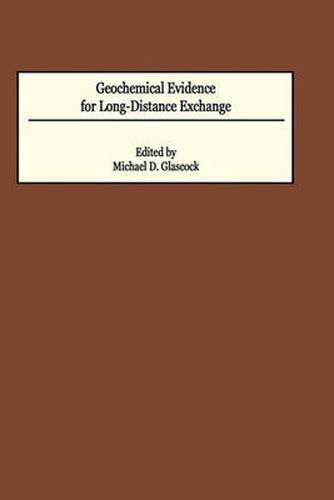Readings Newsletter
Become a Readings Member to make your shopping experience even easier.
Sign in or sign up for free!
You’re not far away from qualifying for FREE standard shipping within Australia
You’ve qualified for FREE standard shipping within Australia
The cart is loading…






Studies of prehistoric exchange of goods provide information about the types of economic interaction, social organization, or political structures in which prehistoric peoples were engaged. Long-distance exchange is a special situation where the materials exchanged crossed significant boundaries, whether they were geographic, social, political, or otherwise. By examining the types and quantities of goods exchanged, along with the directions and distances they moved, archaeologists are able to examine the dynamic properties of exchange systems, i.e., how they operate and why they undergo change.
The purpose of this volume is to present a number of case studies of long-distance exchange from around the world which demonstrate the use of geochemical analysis of artifacts to find evidence of exchange. More important than the use of analytical technique employed or the types of artifacts studied are the interpretations themselves which illustrate that exchange studies are maturing and helping archaeologists to develop more accurate models of exchange.
$9.00 standard shipping within Australia
FREE standard shipping within Australia for orders over $100.00
Express & International shipping calculated at checkout
Stock availability can be subject to change without notice. We recommend calling the shop or contacting our online team to check availability of low stock items. Please see our Shopping Online page for more details.
Studies of prehistoric exchange of goods provide information about the types of economic interaction, social organization, or political structures in which prehistoric peoples were engaged. Long-distance exchange is a special situation where the materials exchanged crossed significant boundaries, whether they were geographic, social, political, or otherwise. By examining the types and quantities of goods exchanged, along with the directions and distances they moved, archaeologists are able to examine the dynamic properties of exchange systems, i.e., how they operate and why they undergo change.
The purpose of this volume is to present a number of case studies of long-distance exchange from around the world which demonstrate the use of geochemical analysis of artifacts to find evidence of exchange. More important than the use of analytical technique employed or the types of artifacts studied are the interpretations themselves which illustrate that exchange studies are maturing and helping archaeologists to develop more accurate models of exchange.